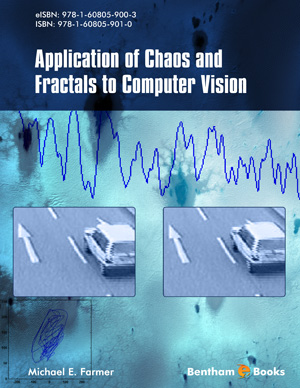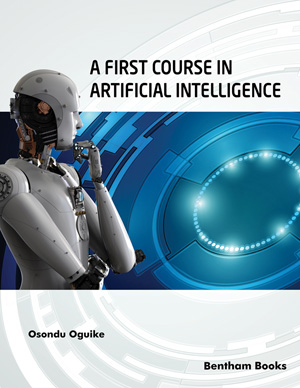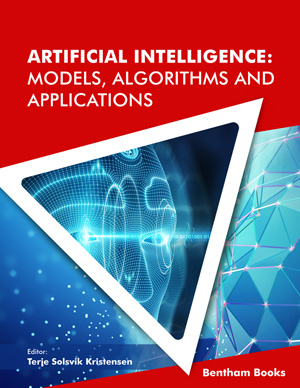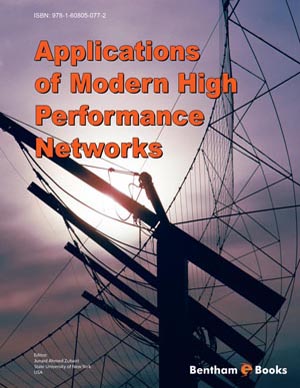Abstract
Chaos theory has been found to be a very effective tool for analyzing complex non-linear systems with its beginnings being traced to weather systems prediction by Lorenz. Chaotic systems have also been tied to information theory, and systems that exhibit chaotic behavior have been shown to be sources of information. Definitively identifying systems as being chaotic, however, is extremely difficult. Fortunately simply identifying a system as being chaos-like can be beneficial and even adequate for certain analysis, and this is the approach we will adopt in this text for addressing computer vision applications using chaos theoretic techniques. Chaos and fractals are interconnected because systems that behave chaotically have phase space trajectories that are fractal in nature. Thus analyzing the fractal dimension of the phase space trajectories of systems will allow us to determine how chaotic they are and more importantly for computer vision how strongly they are creating information. The strength of information generation will prove effective in developing robust motion and change detection algorithms even in the face of complex spatio-temporally varying illumination in later chapters.
Keywords: Eckmann-Ruelle conjecture, ergodicity, embedded dimension, information, fovea, phase plot, noise, thermal equilibrium.




















